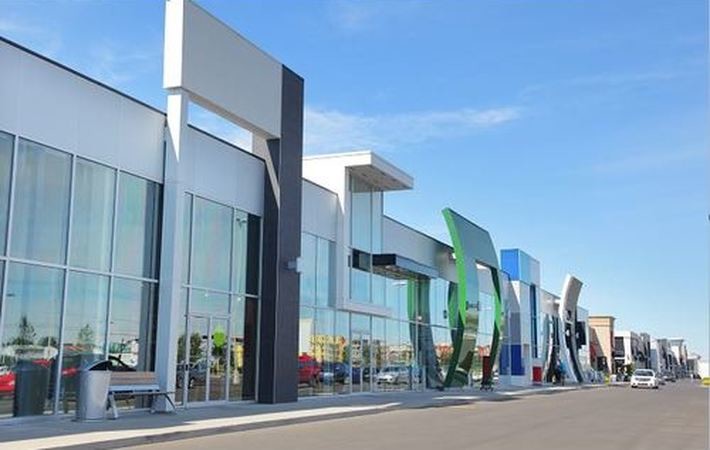
Published on 11/14/2016 | Strategy
IoT for smart buildings is a super exciting space—I even consider it to be the eye of an IoT hurricane, in a positive sense, as I think it will be one of the forces that creates a spiral of IoT growth. Why? Because almost every business is housed in a commercial building— from small offices to manufacturing plants to large retail malls. According to several industry reports, 60 to 80 percent of global commercial buildings are small and midsize buildings housing small offices, warehouses, restaurants, grocery stores, schools, etc. A Navigant Research report shows that global revenue for the small-to-midsize energy efficiency retrofits market is expected to grow from $24.1 billion in 2016 to $38.6 billion in 2025. Building energy management systems (BEMS) are only one aspect of smart buildings. This opens a huge, untapped opportunity for the IoT ecosystem that includes sensor and gateway vendors, application developers, systems integrators, and building management service providers around the world!
Imagine this: You decide to swing by a grocery store on the way home from work and the store security and access system recognizes you as you enter the building. Using your biometric facial or fingerprint data, the intelligent store displays specials for the day, based on customer behavior and insights. As you stroll the aisles, digital signage illuminates your path, making it easy to spot the items you want to purchase. A retail sensor platform delivers coupons and provides inventory visibility right to your smart device. You can accomplish your shopping tasks effortlessly and are ready to get on with the rest of your evening, all thanks to a seamless customer experience.
That’s what I call a smart building experience, which is further enhanced by connected retail! You can extrapolate this experience to practically any type of building, from connected hotels to smart factories to IoT-enabled office spaces. Not only do customers, employees, and tenants benefit from the experience, but smart building owners can get an enhanced business value out of it. Talk about occupant experiences increasing customer loyalty to the hotel, store, etc.
Basically, a smart building is a connected space that uses sensors to collect data that is then transmitted to an IoT Gateway and either sent to a data center or analyzed and acted upon right where the action is taking place, what we call “the edge.” When done right, this can create a dynamically changing environment that greatly enhances the way we experience the world around us. Sensors can be outfitted on building equipment such as building information management systems (BIMS), smart lighting, BEMS, facilities management systems, building security systems, elevators, furniture, walls and windows, and more. It is not about automating one system in a building, it’s about making a system of systems that work together to deliver amazing experiences!

At the fundamental level, it is about data insights and analytics. It takes an IoT platform built on open standards to provide scalable, secure, and interoperable ecosystems and seamless experiences. For buildings, it requires connecting, collecting, and harmonizing data from existing building automation systems (BAS), smart sensors, and adjacent information systems through an IoT platform for processing at the edge of the device or at the data center. For example, let’s say you put occupancy sensors in a room to automate lighting controls. The patterns that begin to emerge when an IoT platform communicates that information to the data center can lead to personalization, location-based services, and improved occupant comfort and productivity.
Over the past year and a half, my team and I have engaged with everyone from facilities managers to systems integrators, all of whom are implementing solutions for smart buildings. We’ve learned a great deal from their successes, as well as what they see as their barriers. The good news is that I am already seeing many exciting smart building solutions today. However, since most of them are designed for larger buildings with complex needs, they are not always affordable for small and midsize building markets.
This is why we decided to embark on a journey to create an IoT platform purpose-built for this market. The first version of the Intel Building Management Platform released October 5, 2016 has features with a basic set of protocol translations, security essentials and remote provisioning tools. One of the early adopters of the Intel Building Management Platform is a solution integrated with Candi PowerTools that offers a manageable platform to provide cloud-based smart building applications and services with easy access to data. Our intent is to iterate this as we learn from our global customer base.
The original article can be found here.